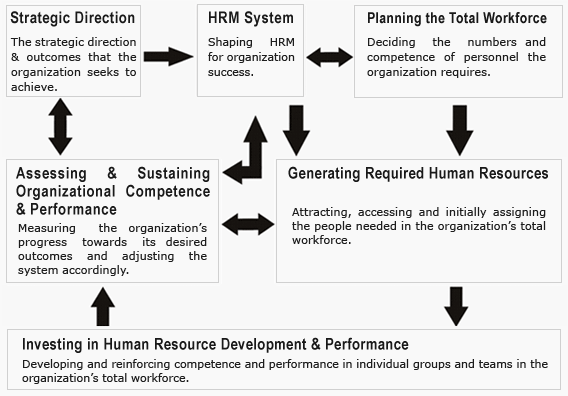As a part of study on ‘Best Employers in Asia 2007', Hewitt examined the issue of HR effectiveness. Key areas used to assess HR effectiveness included HR Strategy, HR structure, HR costs, service delivery models, and HR measurement.
The CEO and employee assessments were used to calculate an HR Effectiveness score, which differed greatly between The Best and The Rest, shown as below :
| The Best | The Rest | |
|---|---|---|
| HR Effectiveness as rated by CEO | 97 % | 73 % |
| Employee rating of HR Effectiveness | 79 % | 44 % |
| Overall HR Effectiveness rating | 88 % | 58 % |
Globalisation has led to an innovative boom across industries, where companies need to continuously push the boundaries of innovation in order to compete. Therefore, with the growth of industry, the need for highly skilled talent becomes all the more critical to a company's success.
Imagine...
A dream? No.
This is the reality at organizations that steadfastly focus on exceptional “ Talent Development ”. In the series of articles that would follow, we shall be talking about the present day situation and the role of HR Professionals in “ Talent Development System ”.
The driver is the ‘ human resource strategic planning system ', which indicates the talent required to execute the strategic plan. It is enabled by recruitment and selection, career management, training and development, succession management, compensation and benefits, and performance management systems.
However, developing an effective human resource development plan is not as simple as developing a number of charts or spreadsheets.
HR strategic planning is creating a vision of the future and managing the planning at macro as well as micro level to transform that vision into reality.
This exercise needs a broad range of activities including image building (having a recruitment value proposition), developing job descriptions, talent acquisition, goal setting, performance management etc. Such a plan needs to be formulated for a long-term vision. However, in all cases it is advisable that strategy needs to be developed with the current business scenario and with “best practices”, being implemented by best employers.

Decide where your organisation is now in the lifecycle of an enterprise: the start-up stage, the growth stage, the mature stage or the decline stage. Then formulate a clear picture of your future and look for ways of getting there.
The model you use should therefore begin with the future :
There is no single approach to developing a Human Resources Strategy. The specific approach will vary from one organisation to another. Even so, an excellent approach towards an HR Strategic Management System is evident in the model presented below. This approach identifies six specific steps in developing an HR Strategy :

Source : A Strategic Human Resource Management System for the 21st Century. Naval Personnel Task Force, September 2000
The six broad interconnected components of this system consist of three planning steps and three execution steps. The top three components represent the need for planning. Organizations must determine their strategic direction and the outcomes they seek. This is usually accomplished with some form of strategic planning. Classic strategic planning is a formal, top-down, staff-driven process. When done well, it is workable at a time when external change occurs at a more measured pace.
Once strategic planning is under way, a process must be undertaken by the organization to design and align its HRM policies and practices to provide for organizational success. The remaining step in planning is to determine the quality and quantity of human resources the organization needs for its total force.
The rest of the HR strategic system exists for and is guided by these plans, policies, and practices. These execution components contain mechanisms that generate the correct skill sets, invest in staff development and performance, and productively employ them in the organisation. The last component provides a means to assess and sustain the competence and performance of the organization and the people in it with regard to outcomes that the organization seeks.
All Rights Reserved. Dhruv Corporate (HR) Solutions Pvt. Ltd.